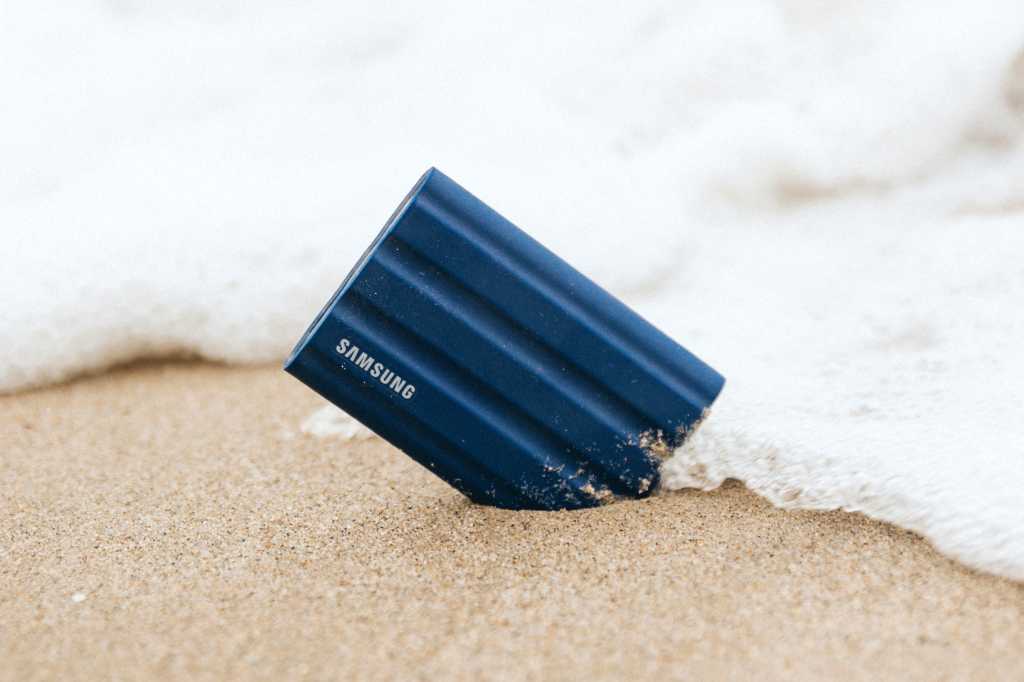The passage of time can be tough on computer components. Some parts wear down due to frequent use, while others simply get overlooked and become obsolete. A prime example is PCIe 4.0, which was released to boost NVMe SSD speeds in 2018. Fast forward to today, and we’re already seeing PCIe 5.0 in action, with PCIe 6.0 on the horizon and PCIe 7.0 expected by 2025.
As technology evolves, it’s common to upgrade your PC components. But what should you do with the old parts you no longer need? If you have an older SSD or HDD collecting dust, here are a few creative ways to give it a second life instead of tossing it away.
1. Turn It Into a Portable Drive
If you’ve recently upgraded to a new SSD or HDD and your old drive is sitting unused, consider repurposing it as a portable drive. You can easily find enclosures for different types of drives on platforms like Newegg. For example, you can place an NVMe SSD into a small enclosure and enjoy fast, portable storage at a fraction of the price of a dedicated portable SSD.
There are also enclosures available for SATA drives, whether SSDs or HDDs. Once your drive is encased, it becomes a convenient tool for system backups or transferring large files.
2. Repurpose It as a NAS (Network Attached Storage)
Why settle for just a portable drive when you can make your old drive wirelessly accessible by turning it into a NAS? A NAS connects to your home network via Ethernet or Wi-Fi, providing 24/7 access to your data. This is an excellent option for sharing files between devices or using the drive as a backup storage solution, bypassing the monthly costs of cloud storage.
If you’re new to NAS setup, an entry-level model like the TerraMaster F2-212 is a great choice. It can accommodate two SATA drives and integrate with your home network for seamless data sharing.
3. Connect It to Your Router
If setting up a full NAS system sounds like too much work, another simple option is to connect your old drive directly to your router. Many modern routers come with USB ports that allow you to connect external drives, enabling access to your files over the network. While this method isn’t ideal for high-performance tasks like streaming video or transferring large files, it works well for basic file sharing and backups.
4. Create a Bootable Drive
Another useful option for your old drive is to make it bootable. This means you can install an operating system on the drive, allowing you to boot any computer into that OS just by plugging the drive in. Tools like Ventoy can help you set up the drive with all the necessary files.
A bootable drive is a lifesaver in case your computer encounters issues. It allows you to troubleshoot, reinstall the operating system, or use diagnostic tools without needing a separate system.
5. Install It in Another Device
Even if your primary system no longer needs the drive, another device in your household might benefit from it. For example, the Xbox One lets you swap out internal drives for upgrades, while the PlayStation 5 has an extra slot for an M.2 SSD. Additionally, some laptops still have space for additional drives, so it’s worth checking if yours can accommodate an extra storage device.
6. Upgrade an External Drive
If you have an external drive that’s slower or smaller than your internal drive, you can upgrade it by swapping the internal drive with your older one. Many external drives use standard 2.5-inch or 3.5-inch drives, so by opening the case, you can easily upgrade the drive inside with a faster or higher-capacity internal drive.
7. Donate It
If you truly don’t have any use for your old drive, consider donating it to a friend or family member. Before handing it over, you can preload the drive with games, media, or other files. For example, if your friend uses Steam, you can set the drive as the destination for games they’ve purchased. This way, they get a boost to their storage without having to download everything from scratch. Even without preloading the drive, it’s still a valuable gift, and the best part is knowing your old drive will be put to good use instead of sitting forgotten in a drawer.






